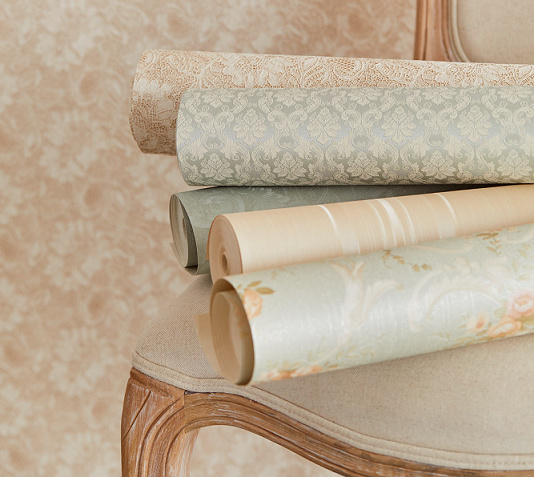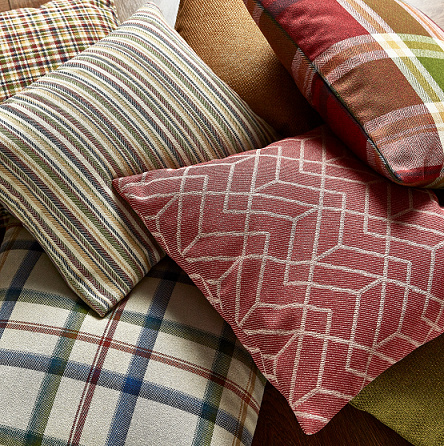4 Hotel Room Design Ideas That Leave the Best Impression on Your Guests
25th April 2020Often, people who head out of town for a vacation tend to look forward to their hotel stay more than any other activity in their itinerary. Why? Because hotels offer a sense of luxury and relaxation that they have been craving for.
This explains why many travelers around the world seek out aesthetically pleasing accommodations with high-end amenities. So, whether you’re running a boutique or independent hotel, having unique and soothingly designed interiors can help you leave a positive impression on your guests.
But while most hoteliers know this, only a few succeeded in making it happen. You see, while interior designers make it look easy, designing a hotel room is no piece of cake. From choosing hotel carpeting to putting together cozy beddings, here are four design ideas you can apply to your hotel room to leave a truly lasting impression:
1. Use a Carpet or Rug on the Floor
Some of the usual flooring options hotels use are granite, hardwood, marble, and laminate. Among these, wood and marble are the most popular for reception and hallways because they bring nature in and lend a more elegant vibe to the space.
However, there’s one flooring element that is an absolute necessity when it comes to hotel rooms: carpets.
Carpeting is crucial for hotel guest rooms because it helps reduce noise. It also creates a more peaceful and relaxed atmosphere that guests look forward to in their hotel stay. What’s more, carpeting improves air quality, provides a sense of comfort, and reduces slipping accidents.
Plus, hotels use carpets to cut heating costs, thanks to their ability to insulate warm air and keep the cold of the subfloors tucked away.
The only thing you’ll need to think about is wall-to-wall carpeting maintenance. If you prefer easier mess clean up, you can choose to use rugs instead. Rugs are easier to install and maintain, but they also deliver similar benefits offered by carpeting.
When choosing a rug for a hotel room, make sure that you consider its size in relation to the room’s floor area. Textures, colors, and patterns should also be taken into account, depending on where the rug is used. In some cases, rugs are also used to anchor the entire interior as it may dictate certain elements of the design, from the color palette to its overall vibe.
2. Make Clever Use of Lights
Many first-class hotels incorporate creative placement and use of lighting elements to make their rooms more appealing.
Some of the common techniques they utilize are three-way switches along the entryway, closet lights that automatically turn on when closets are opened, individually controlled reading lights on the bedside, and dimmer controls for the ambient lights.
Adding sufficient lighting in the bathroom above the vanity, along the tub area, surrounding the makeup mirror, and on the walls also adds a more luxurious vibe to the room.
But beyond artificial lighting, hotel rooms also need an ample supply of natural light. This is why many luxury hotels have floor-to-ceiling windows and even glass walls.
3. Complete the Bed Elements
One of the primary reasons why guests come back to a hotel is because they wish to relive the comfort and luxury they experienced during their first stay. This is why completing all the elements of the bed is imperative for a lasting positive impression.
Most hotels promise to provide the same (if not a higher) level of comfort for their guests as that of a home. And no other interior design element can do this better than the bed (and everything else on it).
When designing your hotel room from scratch, make sure to choose durable yet soft bedding. Choose linens that are made from fabrics like Pima cotton or Egyptian cotton. Remember to use beddings that provide just enough warmth without leaving your guests uncomfortable.
As for the looks, classic colors are versatile and work well with many decorative and bolder accents. This way, you can change up the room when needed.
One of the best choices for this is white. Using a white bed as the foundation, you can toss in tropical blue accents to cool off the room during the summer or throw in some warm faux fur to keep your guests warm in the winter.
As for the pillows, there are two kinds you can use in your hotel room design: sleep pillows and decorative pillows.
Ideally, your hotel room should have two regular-sized sleep pillows for optimum comfort. But if you’re looking to up your game in interior design, you can choose to add decorative ones for a more unique-looking bed.
4. Hang Curtains
Aside from choosing using carpets and cozy beddings, there’s one more way to use fabrics in your hotel interior design: hang gorgeous curtains. They help make a room look more elegant and spacious, as well as provide privacy for your guests.
The key is to hang them with curtain rails or rods close to the ceiling. This will create the illusion that the room is more spacious. It also lends the space added elegance that is crucial for luxury hotel rooms.
Using sheer curtains can also help make a hotel room exude a sense of luxury. Thanks to curtains’ see-through and flowy properties, they offer just the right amount of privacy without shutting off all the natural light. They also add a welcoming feel and are pleasing to the eyes.
Make Good Impressions Last
Hotels are all about luxury and comfort. Make sure that your guests get the most out of their stay by booking them in cozy and aesthetically pleasing rooms.
Let this article guide you in your interior design choices, and check out our showrooms at NGC Nafees for excellent wallpaper, fabric, and carpeting options. We’re here to help hotels make good impressions last.
Back to Blog






